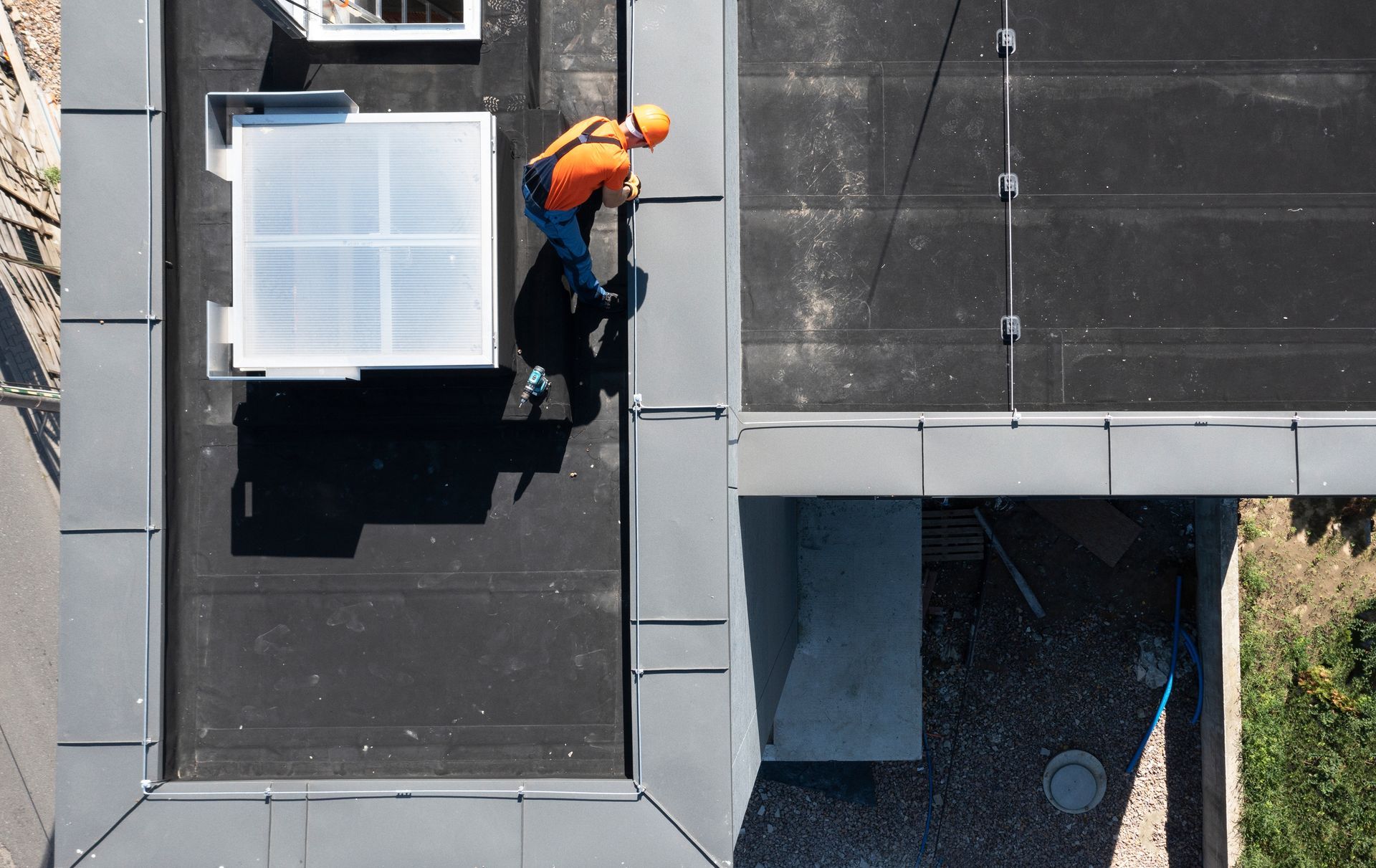Address: Unit 19, 54 Fairey Rd, South Windsor NSW 2756
Commercial & Industrial Lightning Protection Installation Western Sydney
Based in Windsor, Ronika can help safeguard any commercial or industrial building from the consequential effects of lightning strikes with our professional lightning protection system design and installation services in Western Sydney.
A single direct lightning strike can be hazardous for any business operation, with an impact that can lead to expensive repairs, extended downtime, and even loss of valuable data.
At Ronika, we design and install advanced lightning protection systems to protect your building from the devastating effects of lightning strikes. The systems we install are designed to effectively intercept and safely dissipate lightning energy, preventing damage to your buildings and electrical systems. This also helps protect the occupants of your building by significantly reducing the risk of electrical fires and shock.
We serve Western Sydney, including Windsor, Penrith, Hornsby, Richmond, Riverstone, Hawkesbury, Blacktown City, and Hills District. With our tailored solutions, you can have peace of mind knowing your building is a secure environment that's protected from direct lightning strikes.

Our Process
1. Schedule an Appointment
Contact Ronika to schedule an appointment at your convenience. We’ll first discuss your requirements via call or online and then arrange a site visit at a time that suits you best. During this initial appointment, we’ll have a chat about your specific needs so we can come up with an effective lighting protection solution for your building.
2. Site Assessment and Design
Different buildings need different lightning protection solutions, so you need one that is entirely bespoke to your building. Our technicians will visit your site or review your plans to come up with the most effective design. As established experts in electrical safety and compliance, we make sure that your system is compliant and meets all relevant safety standards and regulations.
3. Professional Installation
Our team executes the installation process with precision and care. We have the personnel, materials and equipment to ensure your project is completed to the highest standard. Our goal is for your system to have maximum effectiveness. We also conduct a range of tests on the system to confirm it meets all required performance and safety standards.
4. Inspection and Maintenance
Lightning protection systems must be inspected and tested regularly for performance and compliance purposes. Our technicians are available to provide inspection, testing and maintenance. The testing is comprehensive and covers every level of your building, including all components of your system. We then give you a detailed report to keep you informed about the system's condition and any necessary repairs or upgrades.


